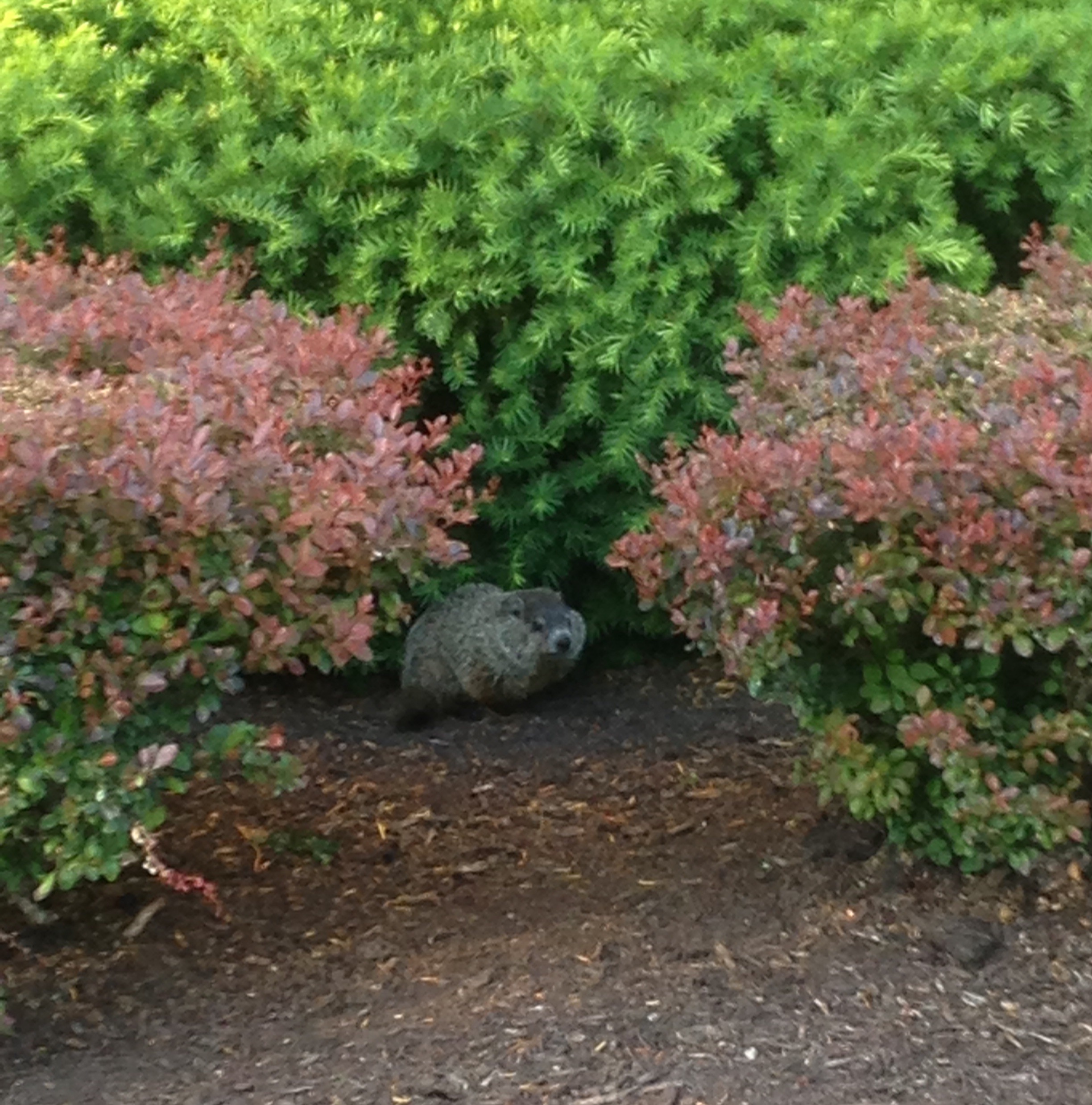This summer, members of BAND have made serious headway on numerous projects. Receipts and letters have been transcribed and edited, many transcriptions have been proofread, provenance information has been collected, and Teams Marginalia and Color Code have been working to make guidelines for these projects as a whole.
As I wrap up my work with the Archive, I decided to deviate from posting specifically about my work, instead, choosing to write about a family of groundhogs living outside the window of the Archive Office. If you follow us on Twitter, you may have read Sarah’s posts about them in late May. Regardless, they provided much amusement for us working at the Archive over the summer. Sometimes, we’d take breaks to watch the young groundhogs playing, and on more than one occasion, we found ourselves looking up information about them online–in lieu of working on Blake…
We learned a lot of things over the summer about groundhogs. For example, a group of groundhogs is called a “repetition”, they make loud whistling calls, and despite being called “groundhogs”, they are pretty capable climbers.
In this, hopefully lighthearted, blog post I’ve included some photos of the groundhogs we watched grow up this summer as well as some of the more interesting (and surprising) facts I encountered about these little guys.
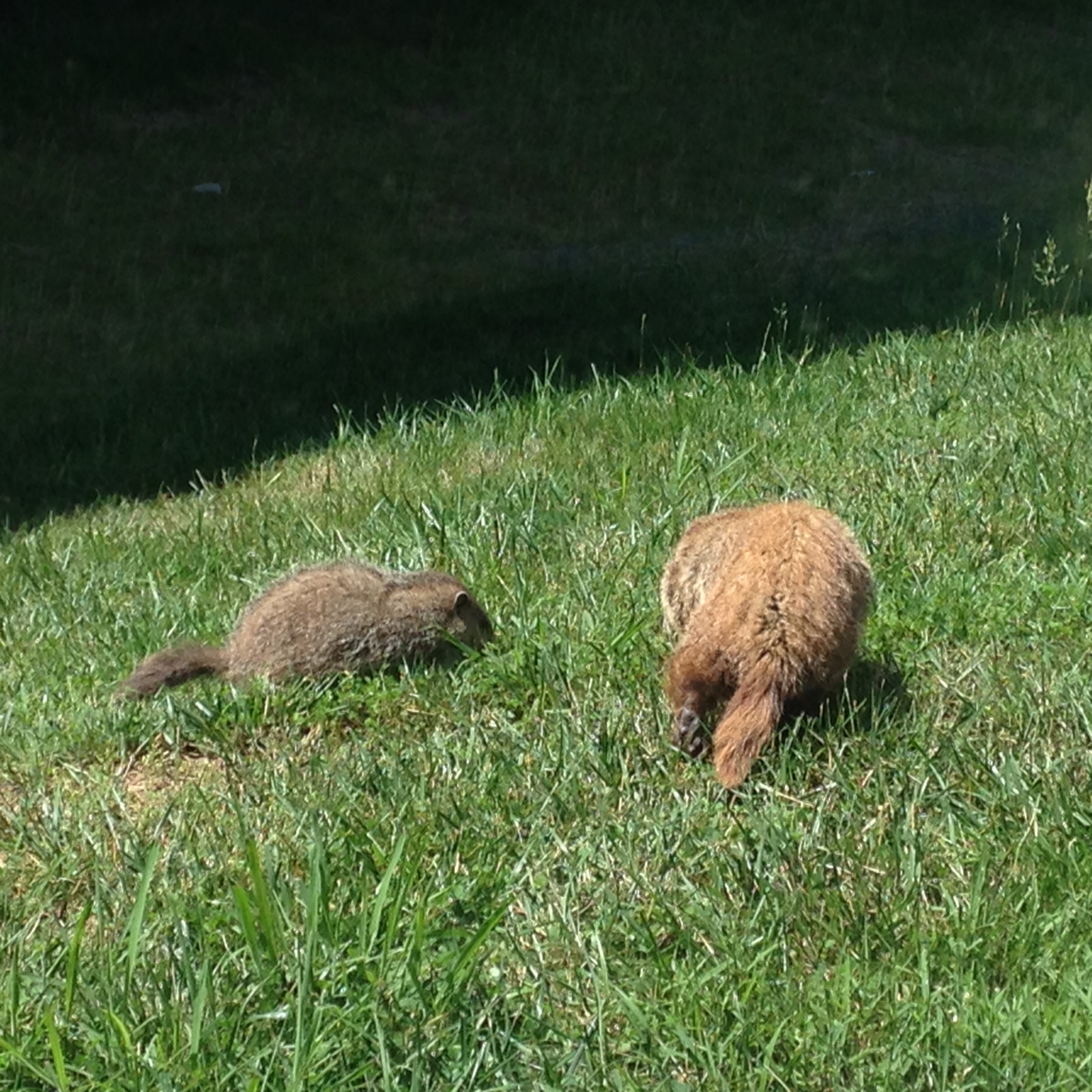
A mother and baby groundhog-the mothers seem to have a redder color. Born blind and hairless in late April, they emerge from the den in the middle of May. They stick around their mother’s burrow for around 4 weeks, then they slowly begin to disperse. By August, they usually have burrowed on their own.
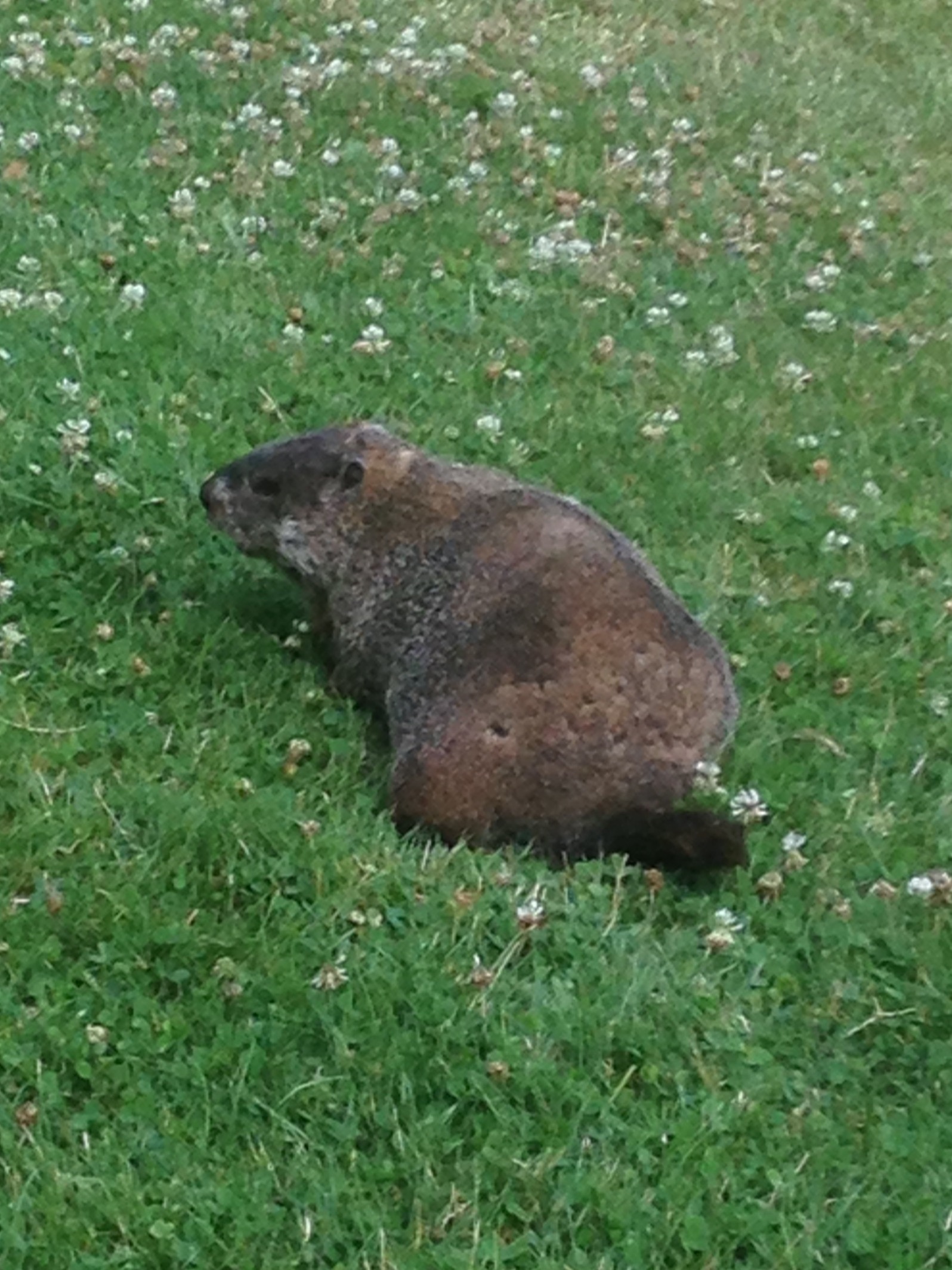
Male groundhogs establish territories. They will mate with the females on their territory, visiting the dens often through the gestation period. Once the young are born, the male does not return until the next breeding season.
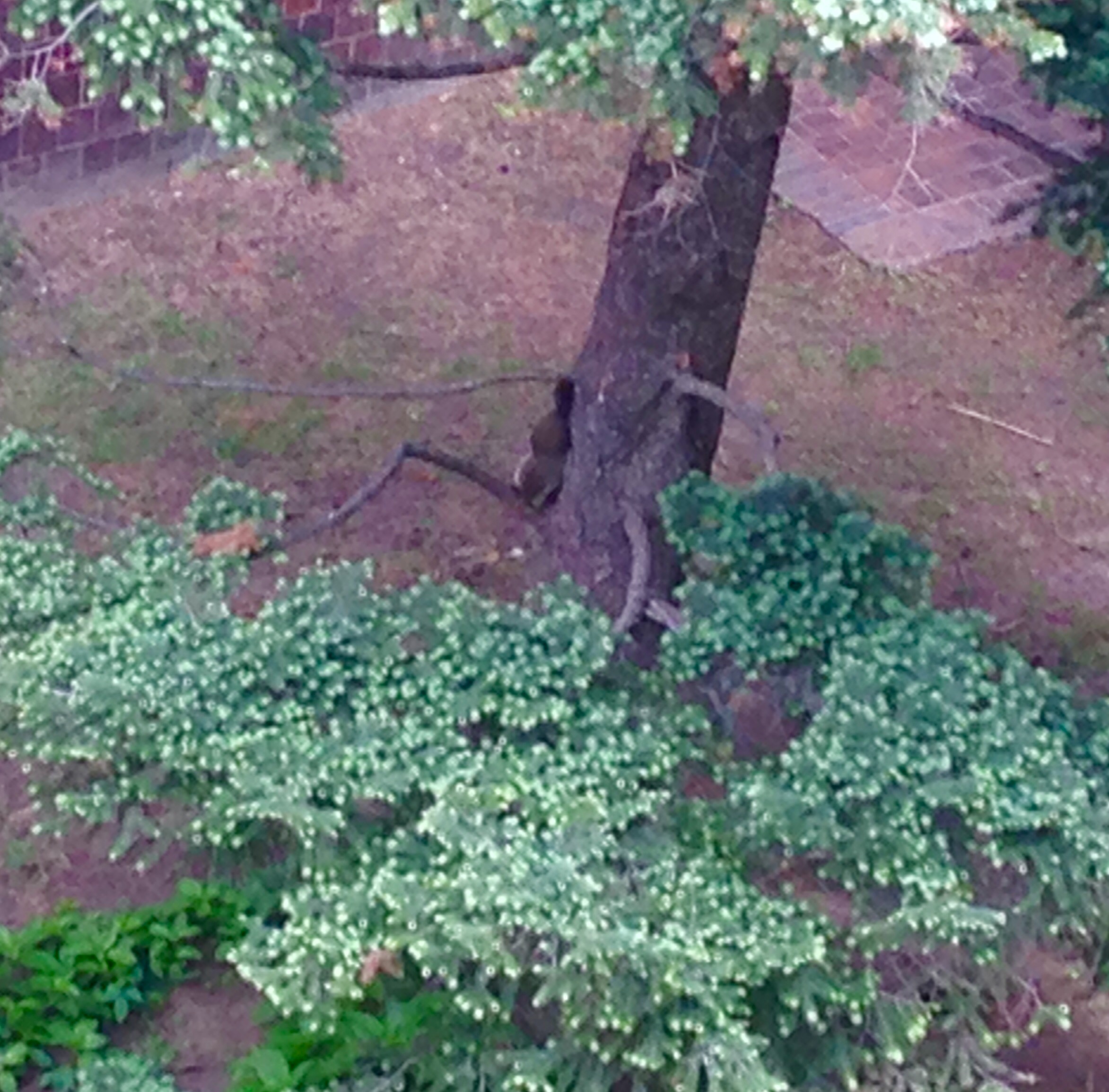
Groundhogs are closely related to squirrels and are sometimes called “ground squirrels”, however, they can also climb–and do, mainly to escape predators.
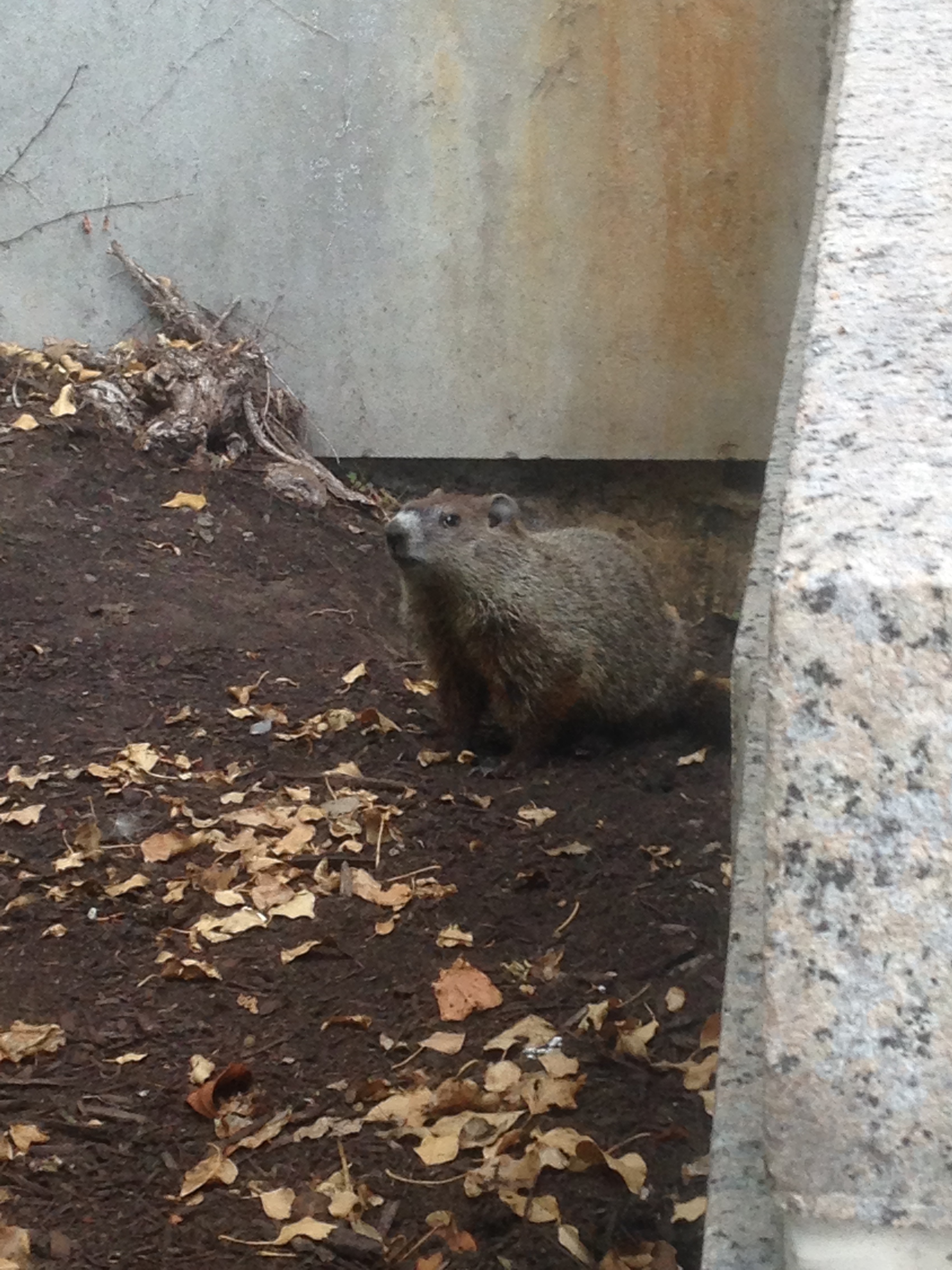
The coolest fact learned about groundhogs this summer is that they are model organisms for the study of the hepatitis B virus. A portion of the groundhog population is infected with Woodchuck hepatitis virus (WHV), which is very similar to the human virus. The only other known model organism to study the effects of hepatitis is the chimpanzee, an endangered species.
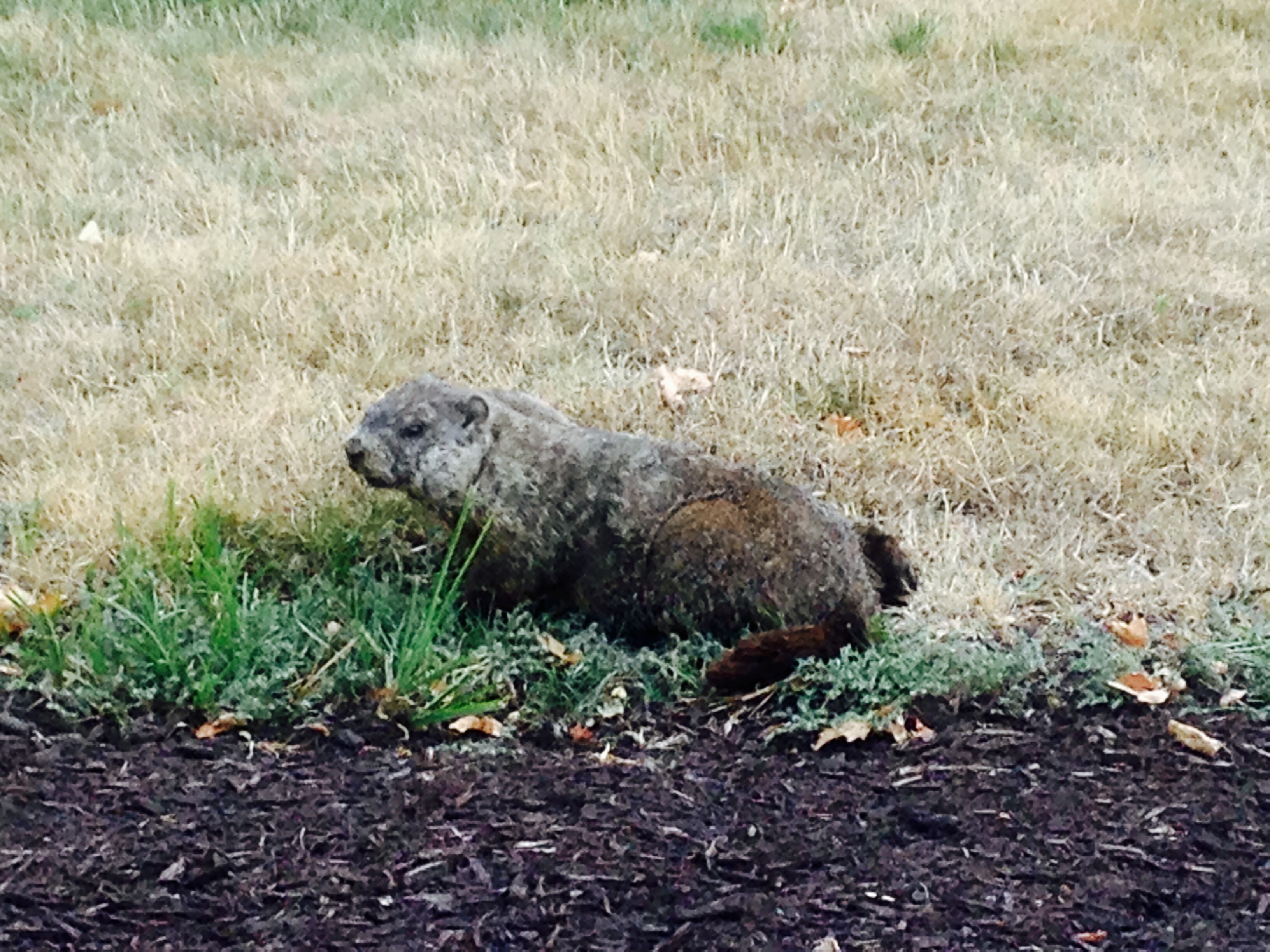
Groundhogs are one of the few “true” hibernating animals, meaning their body temperature and metabolic rate will decrease, and that they will not wake up during hibernation to feed.
It’s been a fun summer working in the Archive and watching these groundhogs grow up! Though they are often thought of as pests and nuisances, it’s great getting to observe them in an environment where they are a bother to no one. It’s always important to remember that there is so much more to learn if we leave our assumptions and preconceived notions at the door before we work with anything and attempt to understand anyone, especially someone like William Blake.
I’d like to end this post on a literary note, with a few lines from the Robert Frost poem, “A Drumlin Woodchuck”:
“If I can with confidence say
that still for another day,
or even another year,
I will be there for you, my dear,
It will be because, though small
As measured against the All,
I have been so instinctively thorough
About my crevice and burrow.”
Sources/Additional information:
- Segelken, Roger Cornell (February 1, 1966) “At Cornell, groundhog is harbinger of health”. CornellChronicle. Cornell University
- Woodchuck. Marmota monax. (PDF). North Caroline Wildlife.
- The Woodchuck Model of Hepatitis B Virus Infection http://www.ncbi.nlm.nih.gov/pubmed/11406711

